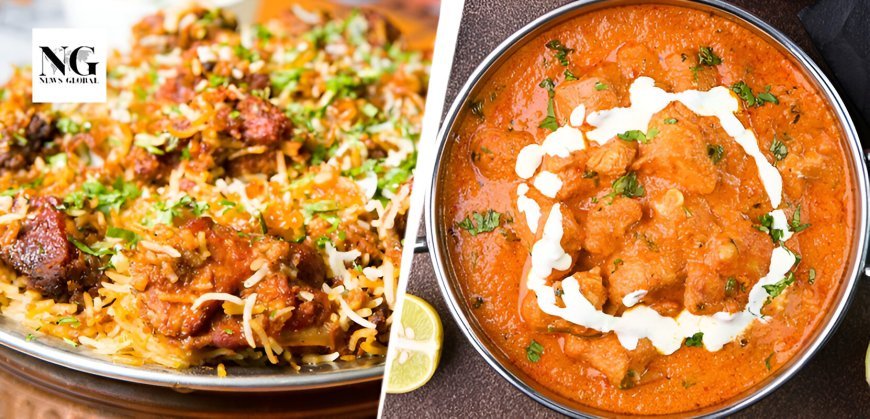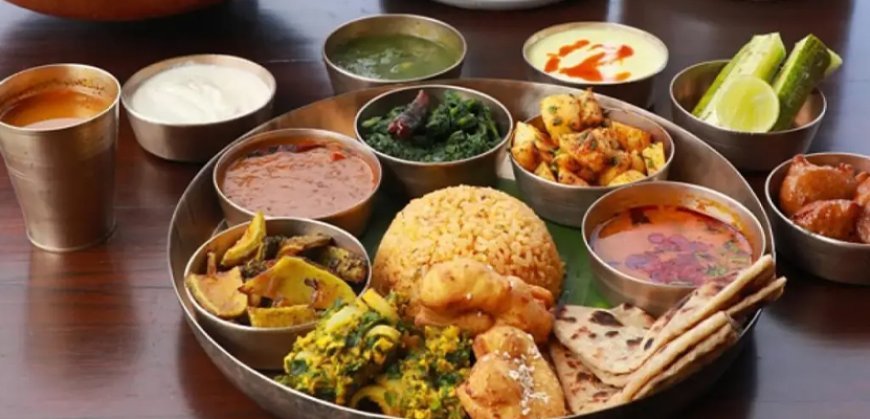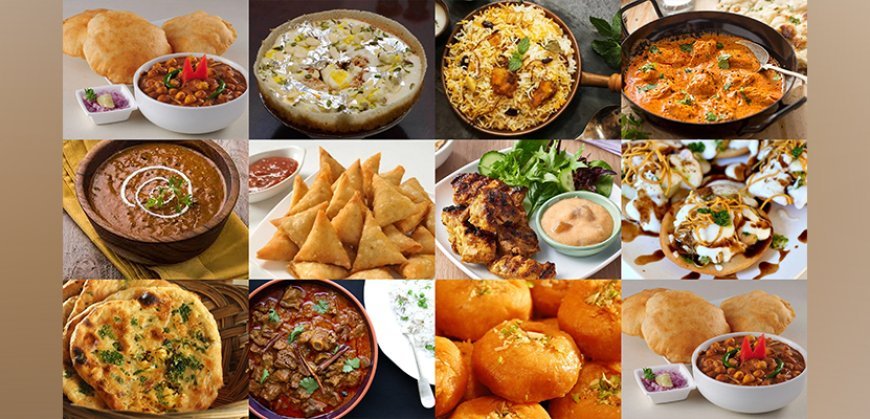Authentic North Indian Dishes Beyond Butter Chicken and Biryani
Discover North India’s hidden flavors with smoky meats, mountain lentils, and sweet treats that tell stories you have never tasted before.

At its core, North Indian food culture values patience, care, and honoring nature’s bounty. The region’s often unsung dishes show that cuisine extends beyond taste to foster community, uphold ritual, and celebrate seasons through mindful preparation. Approaching these culinary gems gifts us a rich experience of nourishment that fulfills body and soul alike with simplicity and sincerity. Let’s take a moment to discover these delicious reminders of tradition and care.
Pahadi Lentil Classics
- Chainsoo: A deeply roasted, ground black gram dal curry from Garhwal, intensely nutty and protein-rich, typically eaten with rice.
- Phanu: Slow-cooked mixed-lentil stew made from soaked dals, silky and hearty, common on Garhwali thalis.
- Gahat/Kulath soup: Winter horsegram broth regarded as nourishing and restorative across Kumaon and Garhwal.
Kumaoni–Garhwali Vegetable Mains
- Thechwani delivers fiber-rich nutrition through its unique preparation method. Hand-crushing preserves more nutrients than cutting, while the irregular texture aids digestion and provides sustained energy.
- Bhatt ki Churkani requires finding authentic iron cookware in village homes. The deep, smoky flavor comes only from this traditional vessel, making each bowl a connection to pahadi heritage.
- Kafoul emerges during harsh winters when fresh vegetables disappear. Local women gather hardy greens from snow-covered slopes, transforming them into this silky comfort food that sustains families through cold months.
Dogri Specialties (Jammu region)
- Khatta Meat: A tangy-sour mutton dish brightened with aamchoor, often finished with a gentle dhungar smoke.
- Ambal: Sweet-sour pumpkin curry using tamarind and jaggery, light and celebratory, served with rice.
- Kalari preparations: Jammu’s stretchy, seared hill cheese served with kulcha as a robust street favorite.
Himachali Bites and Festive Foods

- Pathroru/Dhindhe: Colocasia leaves rolled with gram- or urad-based paste, steamed then fried; a Himachali cousin of Gujarat’s patra.
- Babru: Himachali stuffed puri using ground urad (maash), often paired with butter, ghee, and pickle.
- Nashashta: Labor-intensive halwa from long-soaked wheat, cooked with ghee and sugar for a festival sweet with distinctive malt tones.
Uttarakhand Wweets and Dairy
- Jhangore ki Kheer: The essence of Garhwali dessert culture, this kheer uses jhangore millet, celebrated for its gentle sweetness and easy digestibility.
- Arsa: Festival sweet from jaggery and rice, prized for a clean finish without being cloying.
- Singori/Singodi: Khoa sweet wrapped in malu leaves, perfumed and creamy, emblematic of Kumaon.
Desi Ghee and Smoke-forward Greens
- Kadam ka Saag (Dogri-style kale/haak): Simple, time-efficient mustard-family greens with pahadi restraint in spices, sometimes linked to Dogri kitchens.
- Dhungar technique: Charcoal smoking for a restrained, rustic aroma in Dogri dishes including Khatta Meat and festive curries.
How to Begin Your North Indian Food Journey
Build a pahadi thali with Chainsoo, Thechwani, Bhatt ki Churkani, Jhangore ki Kheer, and Singori for a balanced mix of roasted, hand-crushed, and smoky flavors. It’s a wholesome blend of protein, grains, and gentle sweetness that reflects the soul of mountain cooking. For meat lovers, try Khatta Meat with Ambal, steamed rice, and kalari kulcha. The tangy mutton, sweet-sour pumpkin, and rich hill cheese create a hearty balance of textures and flavors that define Jammu’s culinary warmth.
Signature Elements of North Indian Hill Food

- Grain-forward simplicity: Hills emphasize lentils, millets, and greens over heavy masalas, spotlighting roasted and hand-crushed techniques.
- Regional dairy identity: From kalari to leaf-wrapped Singori, localized dairy treatments define texture and terroir-driven flavor.
- Seasonal wisdom: Winter soups and iron-kadhai legumes show climate-fit nutrition and traditional cookware’s role in taste and color.
Conclusion
North India’s mountain recipes are living diaries of patience and history. In the slow roasting of Chainsoo and the rustic simmer of Bhatt ki Churkani, cooks honor the earth’s rhythm and ancestral care. Singori’s gentle sweetness echoes celebrations shared over generations. These dishes remind us how simple food, made with heart, brings us closer to the stories of land and people.
FAQs
What makes North Indian hill cuisine unique?
It focuses on lentils, millets, and greens with minimal spices, highlighting natural flavors and traditional cooking methods.
What is special about Chainsoo and Bhatt ki Churkani?
Chainsoo has a roasted, nutty flavor, while Bhatt ki Churkani gets its dark color and smoky taste from iron pots.
How does Khatta Meat stand out?
It’s tangy and light, made with dry mango powder or pomegranate seeds instead of heavy gravy.
Which dish is best to start with?
Try Thechwani or Jhangore ki Kheer for an easy and flavorful introduction.
What is Thechwani made of?
It’s made by hand-crushing radish or potato with spices, giving it a rustic texture and earthy flavor.
What is Ambal?
A sweet-sour pumpkin curry from Jammu cooked with tamarind and jaggery, often served with rice.
Why are pahadi dishes cooked in iron pots?
Iron cookware enhances flavor, deepens color, and adds trace minerals to the food.
Are these foods healthy?
Yes. They use minimal oil, whole grains, and seasonal ingredients suited to mountain climates.
What makes pahadi food comforting?
Its slow cooking, smoky aromas, and simple, hearty flavors reflect home-style warmth and care.

 Admin
Admin